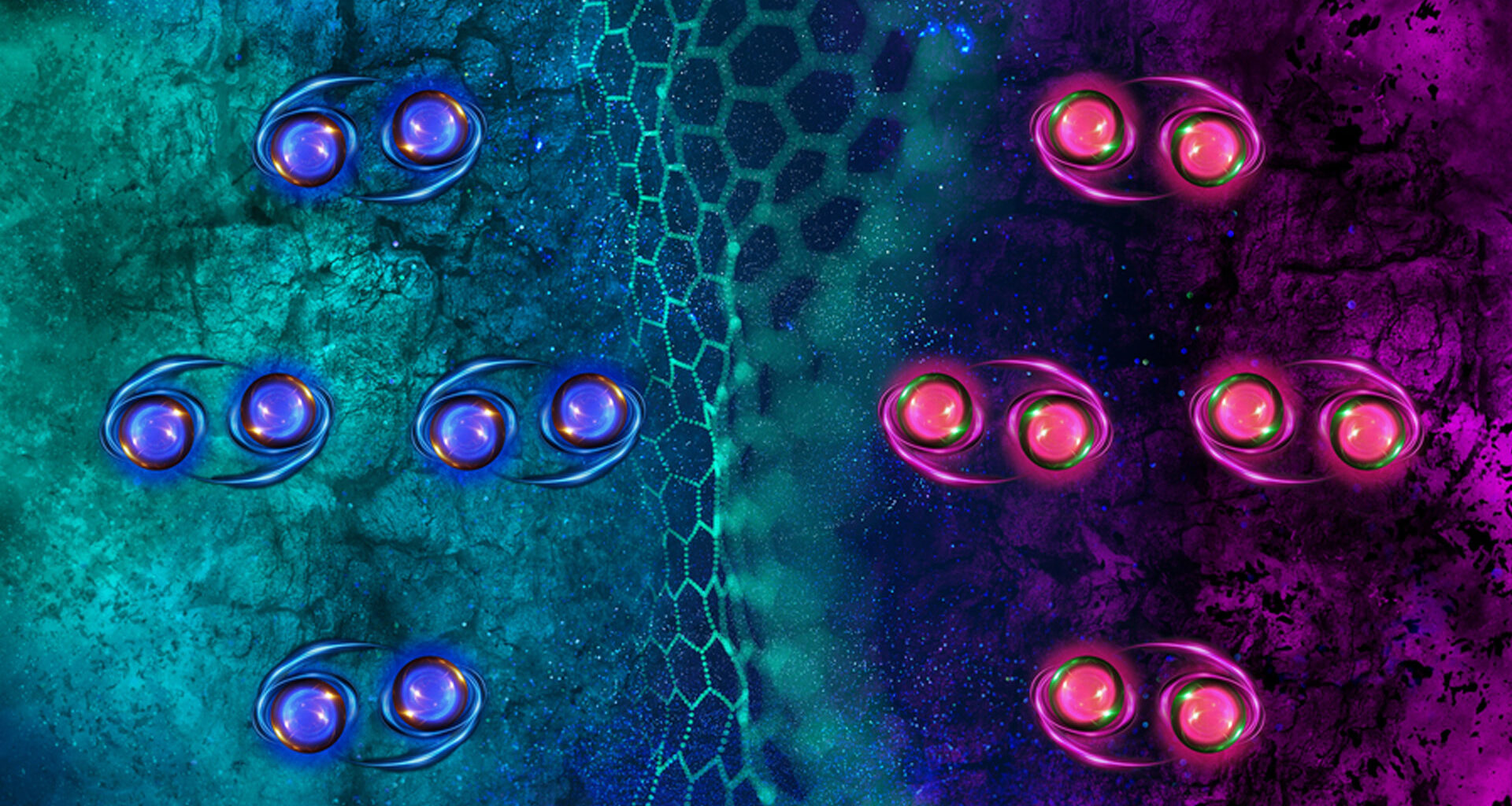For hundreds of years, scientists have believed that superconductivity and magnetism are arch-enemies and can’t exist together. However, researchers at MIT have discovered that both these contradictory properties live side by side in a rare form of graphite.
Their new study reveals that at near-absolute-zero temperatures, the rare graphite not only allows electricity to flow with zero resistance (a hallmark of superconductivity) but also flips between two magnetic states, something no known superconductor does. This unique property is called chiral superconductivity.
“The general lore is that superconductors do not like magnetic fields, but we believe this is the first observation of a superconductor that behaves as a magnet with such direct and simple evidence. And that’s quite a bizarre thing because it is against people’s general impression of superconductivity and magnetism,” Long Ju, one of the study’s authors and an assistant professor of physics at MIT, said.
This surprising discovery can change what scientists thought they knew about superconductivity and lead to breakthroughs in material science, electronics, and quantum computing.
Detecting chiral superconductivity in graphite
During their study, the MIT team wasn’t looking for a magnetic superconductor. They were studying graphite, the material found in pencil lead. Graphene is made of millions of ultra-thin carbon sheets called graphene stacked on top of each other.
Under certain conditions, graphene behaves as a superconductor. Normally, graphene sheets are aligned in a regular pattern, but sometimes, rare spots in graphite contain layers that are slightly misaligned, forming what scientists call a rhombohedral structure. You can imagine this as a staircase made of carbon sheets instead of a flat pile.
The researchers isolated tiny flakes of this staircase-like, rhombohedral graphene from regular graphite. Each flake contained just four or five graphene layers, arranged in this special way. They then placed these flakes onto another material called hexagonal boron nitride, which is also very thin and flat like graphene.
However, this time, they didn’t align the two materials perfectly; instead, they twisted them slightly so that their atomic structures were misaligned.
Next, they cooled the entire setup to extremely low temperatures, about 300 millikelvins, or just a fraction of a degree above absolute zero. Under these freezing conditions, they passed an electric current through the flakes to see how the electrons behaved.
At this point, the electrical resistance dropped to zero. This meant the material had become a superconductor, and electricity could flow through it without any energy loss. They then applied a magnetic field that could change direction from positive to negative, like flipping a bar magnet. This is when something strange happened.
“If this were a conventional superconductor, it would just remain at zero resistance until the magnetic field reaches a critical point, where superconductivity would be killed,” Zach Hadjri, one of the study authors and a student at MIT, said.
“Instead, this material seems to switch between two superconducting states, like a magnet that starts out pointing upward, and can flip downwards when you apply a magnetic field. So it looks like this is a superconductor that also acts like a magnet, which doesn’t make any sense.”
An unusual but solid discovery
The experiment for the first time led to the discovery that when a few layers of graphene are stacked in a special way and twisted slightly with another material, they can behave like both a superconductor and a magnet—two things previously thought to be incompatible.
Scientists further checked five other samples with rhombohedra graphene configuration, and they noticed chiral superconductivity in all of them. This finding could have massive implications.
For instance, magnetic superconductors might be used to create new types of qubits for quantum computers, ones that are more stable and easier to control. They could also inspire better superconducting magnets for medical devices like MRI machines, or lead to low-energy electronics with faster, smarter switching behavior.
“Everything we’ve discovered in this material has been completely out of the blue, but because this is a simple system, we think we have a good chance of understanding what is going on, and could demonstrate some very profound and deep physics principles,” Zhengguang Lu, one of the study authors and an assistant professor at Florida State University, explained.
However, the material only works at extremely cold temperatures for now, which is not ideal for real-world devices. Another challenge is that scientists don’t fully understand why it acts this way. Right now, they have the evidence but not the full explanation. Future studies could help researchers overcome these challenges.
The study is published in the journal Nature.
